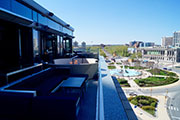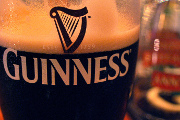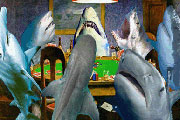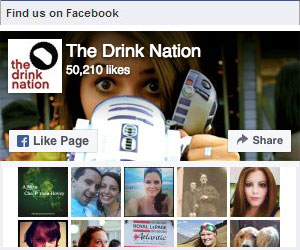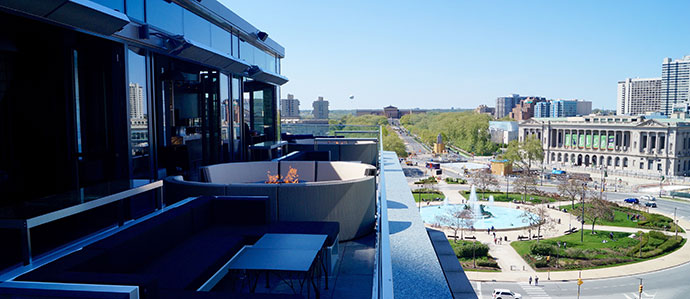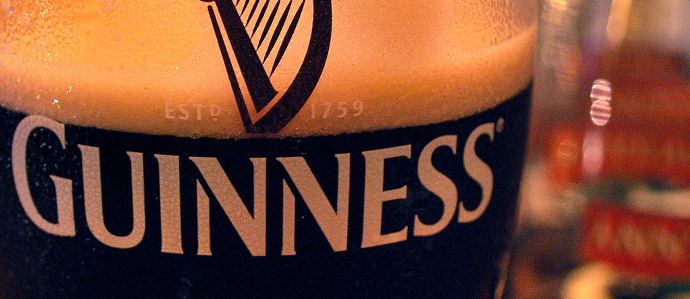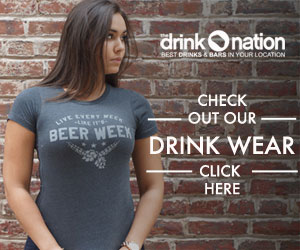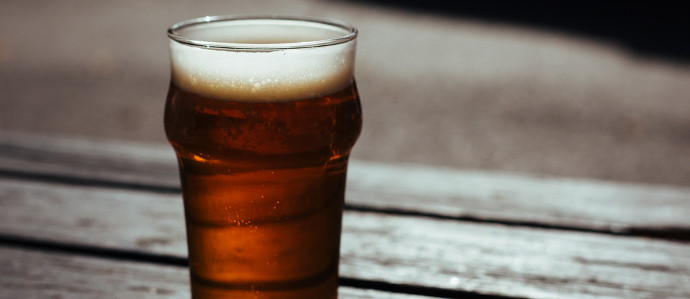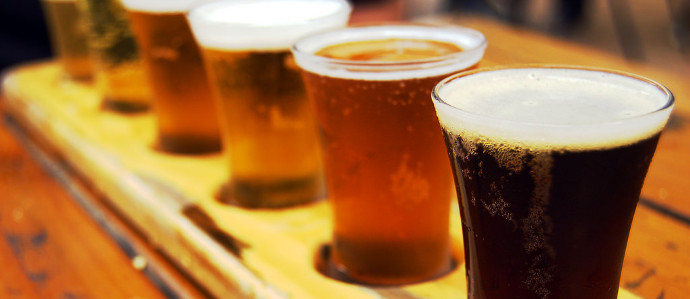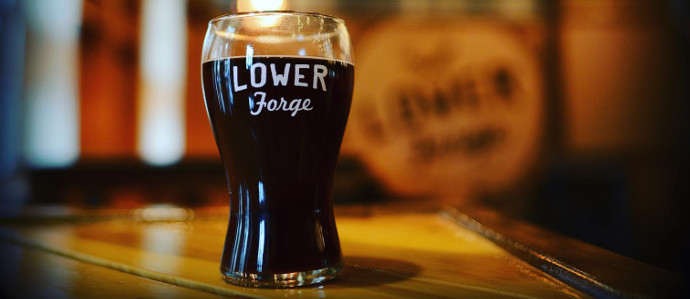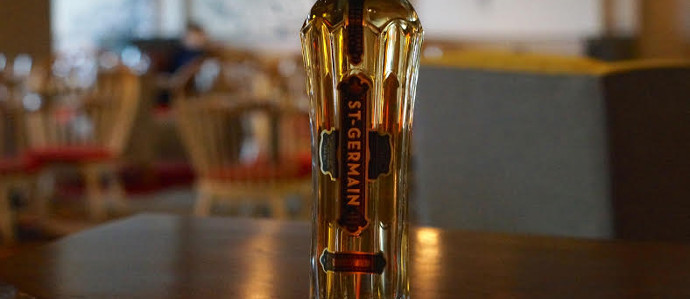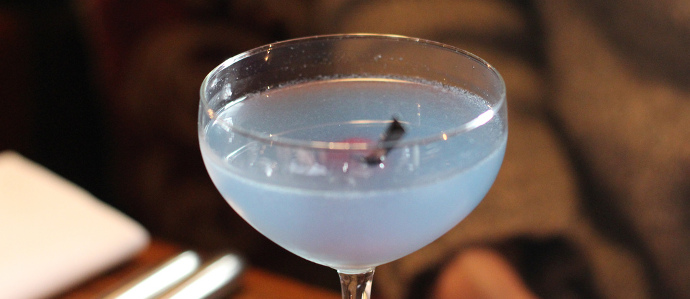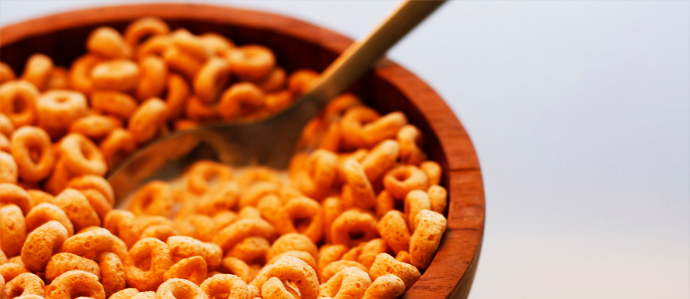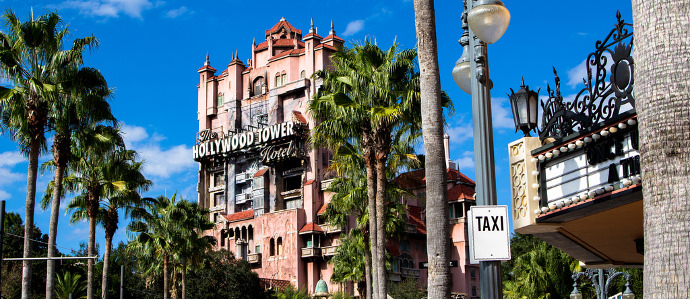Radlers, Shandies and Lambics: The Most Refreshing Beers You'll Drink All Summer
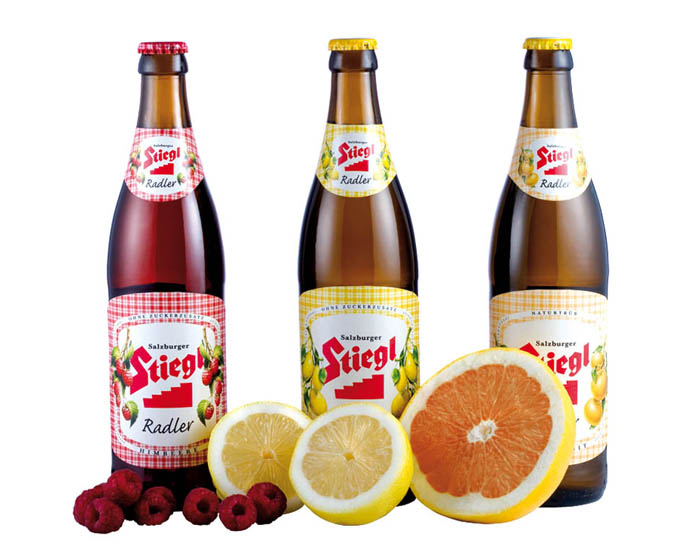
I hadn’t expected to see a bright orange-pink bottle among the craft beers, even in the fruit beer section, and the fine print legend at the bottom of the Schöfferhofer label — “unfiltered hefeweizen beer with grapefruit flavoring added and colored with cochineal extract” — didn’t exactly sell me.
But I like hefeweizen, and I love grapefruit sodas like Ting, so I gave it a try. Of all the kinds of expectations, the low ones are often the most fun to pursue: this crisp soda, tart, fizzy and slightly sweet, gave way to a full-bodied wheat finish and a little buzz. I wanted a thousand of them stat.
There are several ways to mix beer and fruit. What I had found was a radler, a half and half mix of beer (usually ale or hefeweizen) and lemonade or orange or grapefruit soda. Radler means cyclist. As the story goes, an enterprising innkeeper dealt with the unexpected arrival of thousands of touring cyclists by stretching out his beer supply with soda. The traditional fruit beer is the Belgian lambic, a spontaneously fermented sour beer with fruit added during the brewing. Shandies are usually beers made with controlled yeasts with juice or fruit added during the secondary fermentation (if you see a six-pack of Narragansett’s Del’s Shandy snap it up), though some drinks labeled shandies are finished beers mixed with juice during bottling.
I’d seen lambics and shandies for years; when I could afford to splurge, I’d get a Lindeman’s or Timmerman’s, and if I was offered a Leinenkugel Summer Shandy or two at a party, my parents didn’t raise me to refuse kindnesses. But radlers are something else — reasonably priced, low in alcohol, and tasty.
A 2013 Bloomberg interview with a Heineken executive on the conglomerate’s rollout of several radlers worldwide clarifies that the industry sees the drink as a non-beer beer that appeals to new (young) consumers in mixed (men and women) social settings. I feel a little funny enjoying what can be described as beer soda, an alcopop or beer for kids — take it easy on the alcohol until your brain is done maturing, please — but I like the idea of a low alcohol beer that doesn’t taste like aluminum garbage water. And as I say, radlers are tasty.
All the radlers I found in stores across the northeast were drinkable, even the Coors Light Summer Brew. While the first I found, Germany’s Schofferhofer, turned out to be the best, its Austrian counterpart Stiegl, another grapefruit mix, is just as good; if your palate favors the sour side, you might prefer Stiegl. Both come in at 2.50% ABV. Lemon radlers from Amstel and Poland’s Warka both come in at 2% ABV and taste like Sprite or 7-Up. If the labels didn’t say beer, I’d be unclear these actually had any alcohol.
You can taste the beer in the Coors offering (3.9% ABV) and in Sixpoint Rad (3.2% ABV). The Coors is on the watery/light side and the Sixpoint is extremely sour and slightly smoky, and while getting through one of either isn’t a chore, I wouldn’t want to have more than one at a sitting. But even the beer-resistors I shared radlers with were being sincere when they asked if they might have another Schofferhofer, Stiegl, Amstel or Warka. As party facilitators, a case of any of these four will do wonders. For sheer conversational interest, the Schöfferhofer with its clear bottle and unexpected color is the one to display prominently in the fridge.
And just as you don’t need to buy pre-mixed black and tans if you have an ale and a stout around, you can make your own radler to suit your tastes. I found the lightly sweetened fizz of San Pellegrino’s sodas and the crispness of lagers (especially pilsners) to go together best, but mixing non-carbonated juices and ales isn't unheard of.
Tags: Beer




